Discovering St. Petersburg's Scientific Giants
Join us on a free walking tour exploring the lives and legacies of renowned scientists like Orbeli, Lenz, Mendeleev, Euler, and Kovalevskaya across Vasilievsky Island.
Time
3 Hours
Stops
8 Places
Distance
4.9 km
Kunstkamera
Founded by Peter the Great, the Kunstkamera is Russia’s first museum and includes exhibits on the works of many scientists, including Euler.
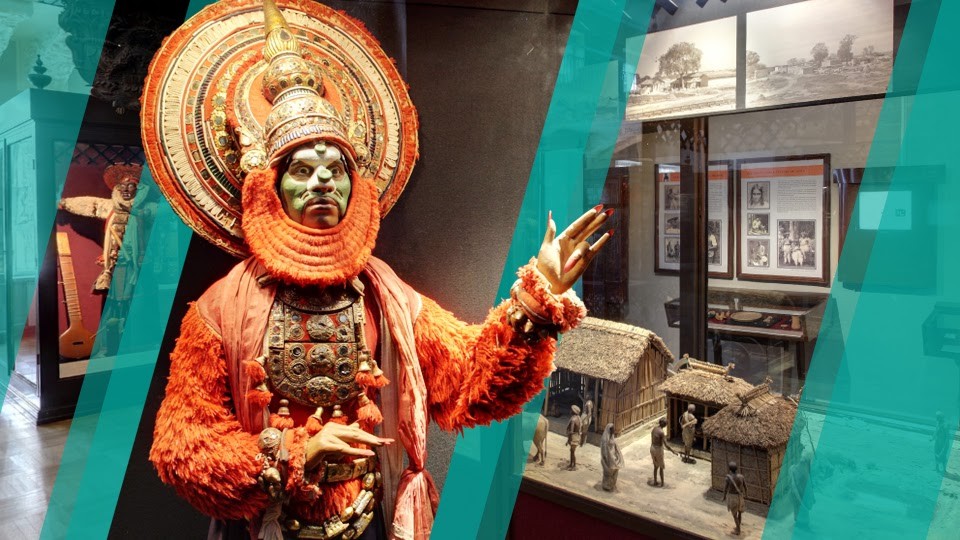
Kunstkamera (Source: Google Maps)
Founded by Peter the Great in 1714, the Kunstkamera is Russia's first museum and a treasure trove of scientific knowledge. It showcases an array of exhibits, including the works of Leonhard Euler, a pioneering mathematician and physicist. The museum's eclectic collection includes artifacts ranging from anthropology to natural history, reflecting the Enlightenment ideals that influenced Peter the Great. The architecture of the Kunstkamera is notable for its Baroque style, with its iconic blue and white facade that stands out along the Neva River. This building not only serves as a museum but also symbolizes Russia's commitment to scientific progress and education, making it a vital stop on our exploration of St. Petersburg's scientific heritage.
Twelve Collegia
The Twelve Collegia building is part of St. Petersburg State University and once housed the Academy of Sciences where Leonhard Euler worked.
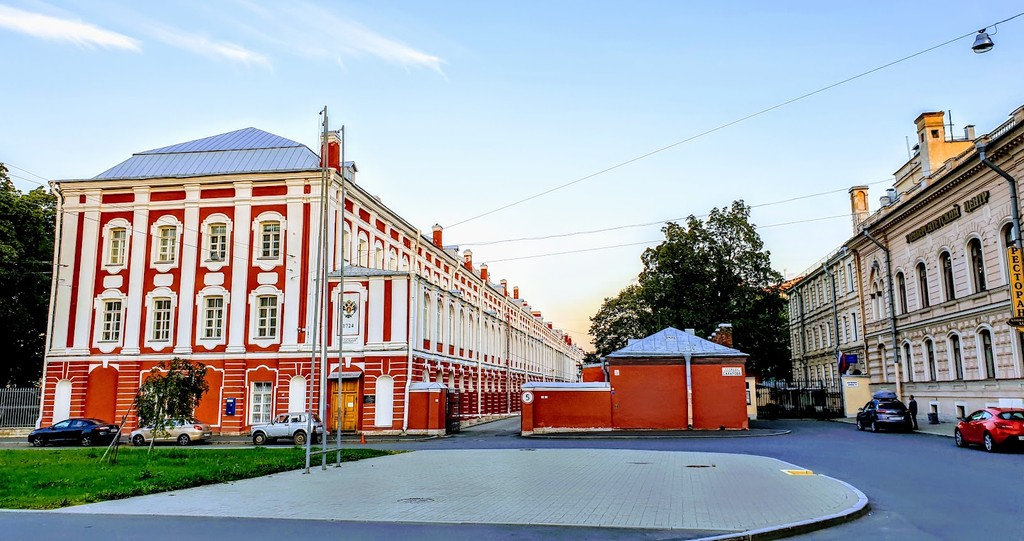
Twelve Collegia (Source: Google Maps)
The Twelve Collegia is a historic building that forms part of St. Petersburg State University, one of the oldest and most prestigious universities in Russia. Constructed in the early 18th century, it originally housed the Academy of Sciences, where the eminent mathematician Leonhard Euler conducted much of his groundbreaking work. The architecture of the building is a fine example of the Russian Baroque style, characterized by its symmetrical layout and ornate detailing. Throughout its history, the Twelve Collegia has been a hub of scientific thought and innovation, influencing generations of scholars and researchers. Today, it continues to be a center for higher education, embodying the rich academic tradition that has flourished in St. Petersburg.
Mikhail Lomonosov Monument
This monument honors Mikhail Lomonosov, a polymath and one of the founders of the Russian Academy of Sciences, which influenced scientists like Mendeleev.
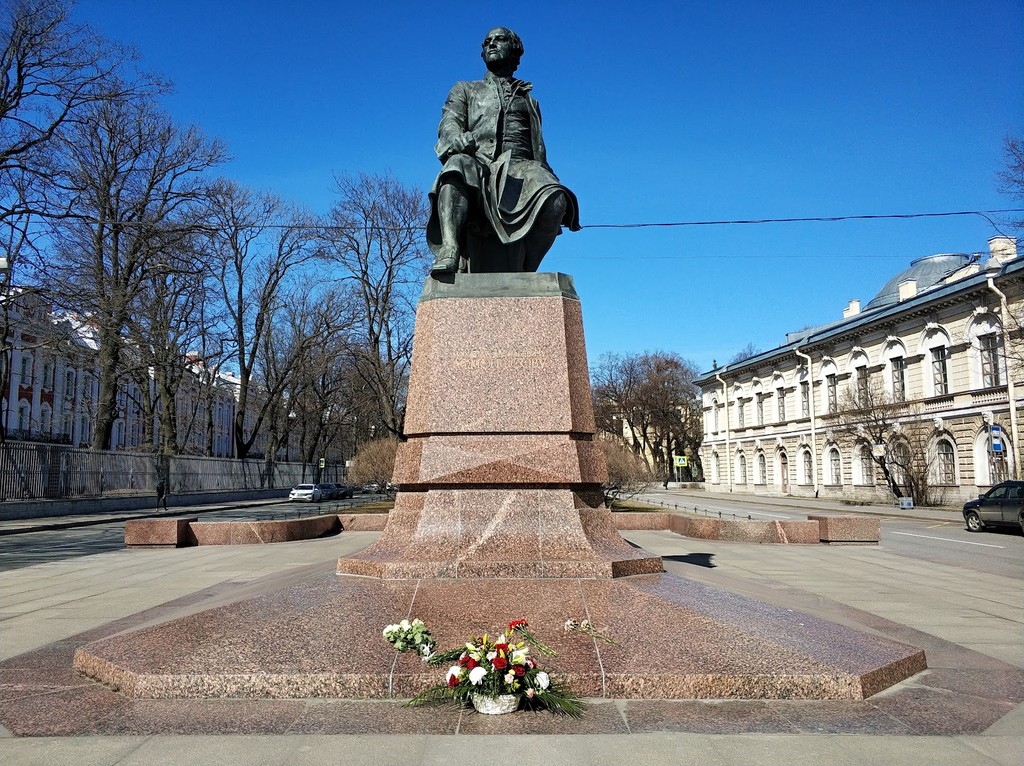
Mikhail Lomonosov Monument (Source: Google Maps)
The Mikhail Lomonosov Monument honors one of Russia's most celebrated polymaths and a foundational figure in Russian science. Erected in 1986, the monument stands in front of St. Petersburg State University, where Lomonosov made significant contributions to various fields, including literature, chemistry, and physics. Lomonosov is recognized as one of the founders of the Russian Academy of Sciences, which played a crucial role in promoting scientific research in Russia. The monument captures Lomonosov in a thoughtful pose, reflecting his dedication to knowledge and education. This site not only commemorates Lomonosov's achievements but also serves as a reminder of the importance of fostering scientific inquiry and intellectual curiosity.
St. Petersburg State University (Main Building)
This historic university is where Dmitri Mendeleev, famous for creating the Periodic Table, studied and worked.
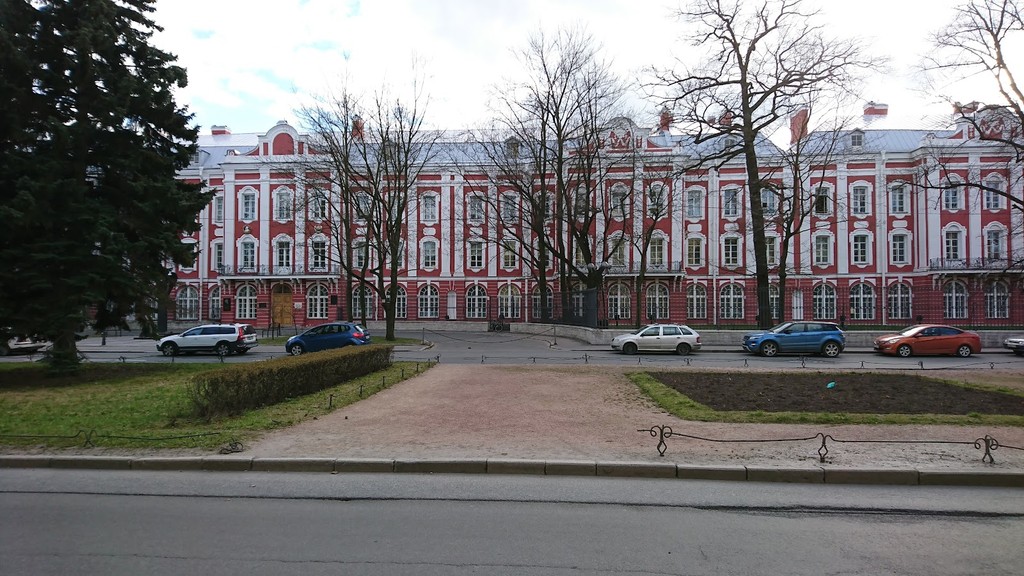
St. Petersburg State University (Main Building) (Source: Google Maps)
The Main Building of St. Petersburg State University is an architectural masterpiece and a vital center of learning. Established in 1724, it has been the alma mater of many prominent scientists, including Dmitri Mendeleev, the creator of the Periodic Table. The university's grand neoclassical facade and expansive grounds reflect its historical significance and the intellectual legacy it upholds. Inside, the university is a bustling hub of academic activity, fostering research and scholarship across a wide range of disciplines. The institution has produced numerous Nobel laureates and continues to be a leader in scientific education and innovation, making it an essential stop on our journey through the scientific heritage of St. Petersburg.
Menagerie Café
A cozy spot offering traditional Russian cuisine, perfect for a short break and to discuss the scientific legacy of St. Petersburg.
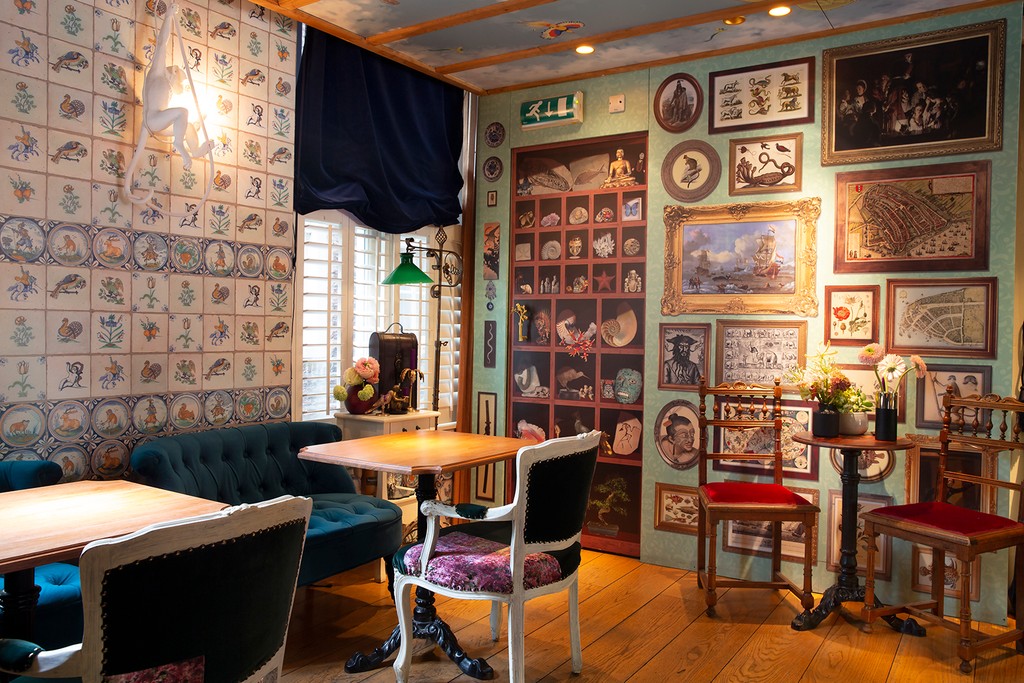
Menagerie Café (Source: Google Maps)
Literary Café
Enjoy a coffee at this café known for its historic atmosphere, where many intellectuals and scientists used to gather.
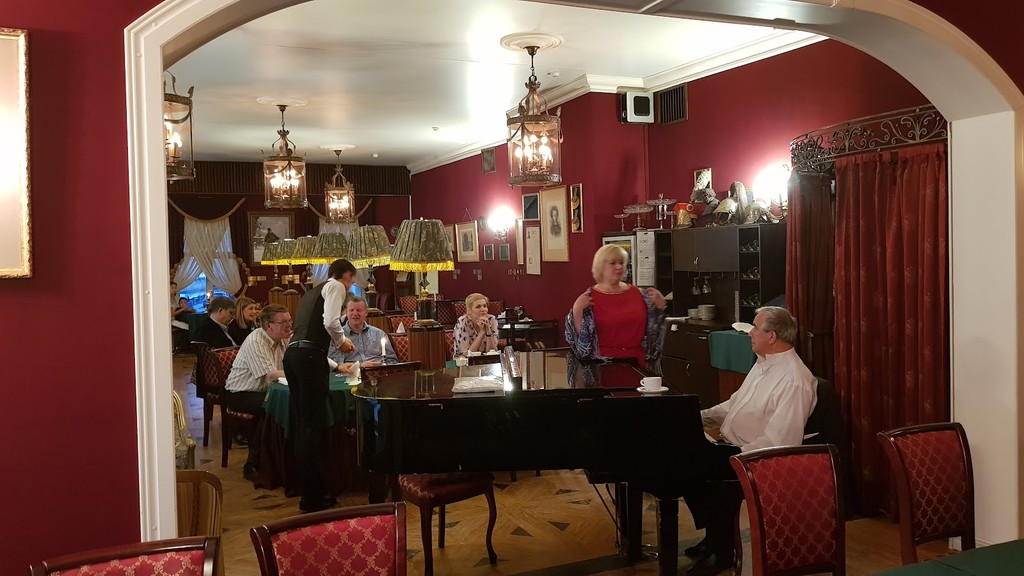
Literary Café (Source: Google Maps)
Kovalevskaya's Residence (Memorial Plaque)
A memorial plaque marks the residence of Sofia Kovalevskaya, the first major Russian female mathematician.
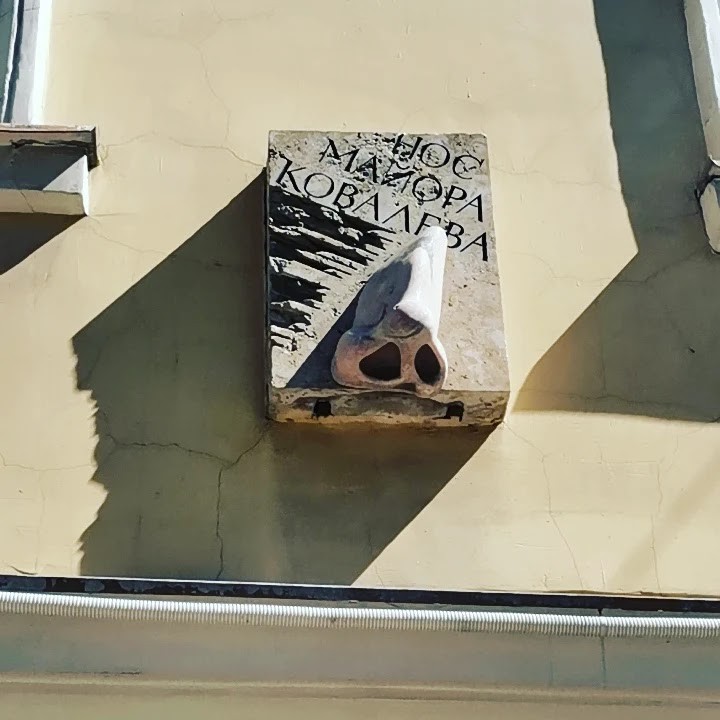
Kovalevskaya's Residence (Memorial Plaque) (Source: Google Maps)
The memorial plaque at Kovalevskaya's Residence pays tribute to Sofia Kovalevskaya, a pioneering female mathematician and the first woman in modern Europe to obtain a doctorate in mathematics. Born in 1850, Kovalevskaya broke barriers in a male-dominated field, making significant contributions to analysis, differential equations, and mechanics. The plaque marks the location of her residence, where she lived and worked during her early years in St. Petersburg. Her legacy continues to inspire future generations of mathematicians and scientists, particularly women pursuing careers in STEM. This site serves as a reminder of the challenges she faced and the groundbreaking achievements she accomplished, highlighting the importance of diversity in the scientific community.
Zoological Museum
The Zoological Museum highlights the contributions of scientists like Orbeli in the field of biology and zoology.
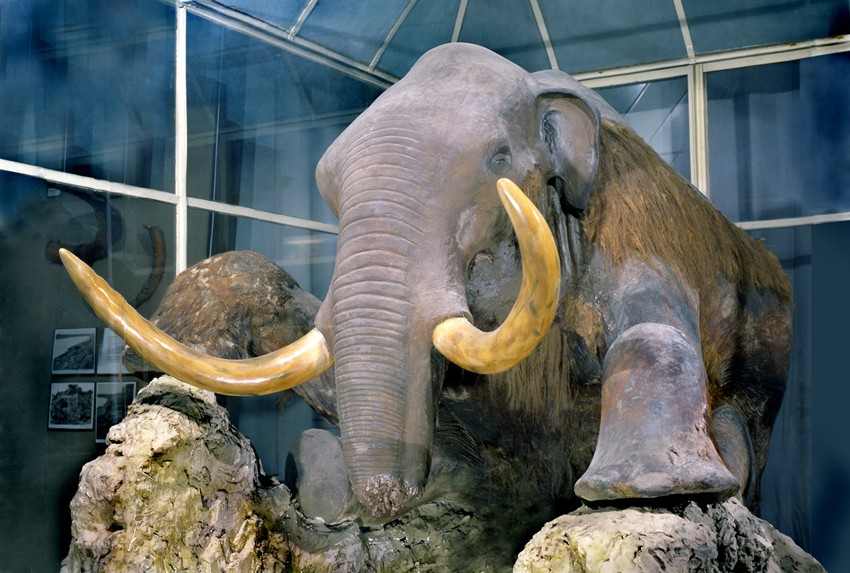
Zoological Museum (Source: Google Maps)
The Zoological Museum of the Russian Academy of Sciences is a significant repository of biological diversity and a center for research in zoology. It showcases a vast collection of specimens, including those from the scientific expeditions led by notable figures like Nikolai Orbeli, who made substantial contributions to biology and zoology. The museum's exhibits cover a wide range of animal species, from the smallest insects to large mammals, providing insights into the complexity of life on Earth. The architecture of the museum reflects the grandeur of St. Petersburg's cultural heritage, while its mission is to promote understanding and appreciation of biodiversity. Visitors can explore the evolutionary history of various species and learn about the ecological importance of conservation efforts, making it a vital stop in our exploration of St. Petersburg's scientific legacy.

Your travels, your rules.
Create your own Free Walking Tours.
Set your preferences, distances and anything you want to do or see.
Completely free, no payment required.